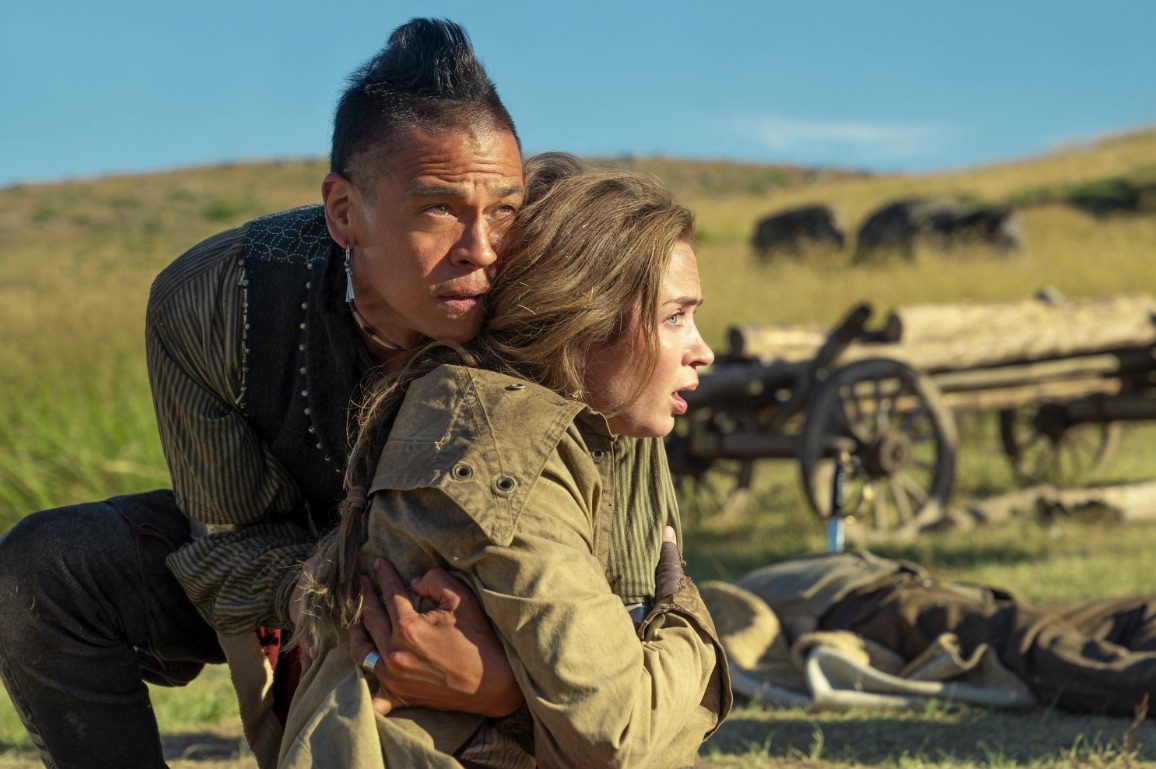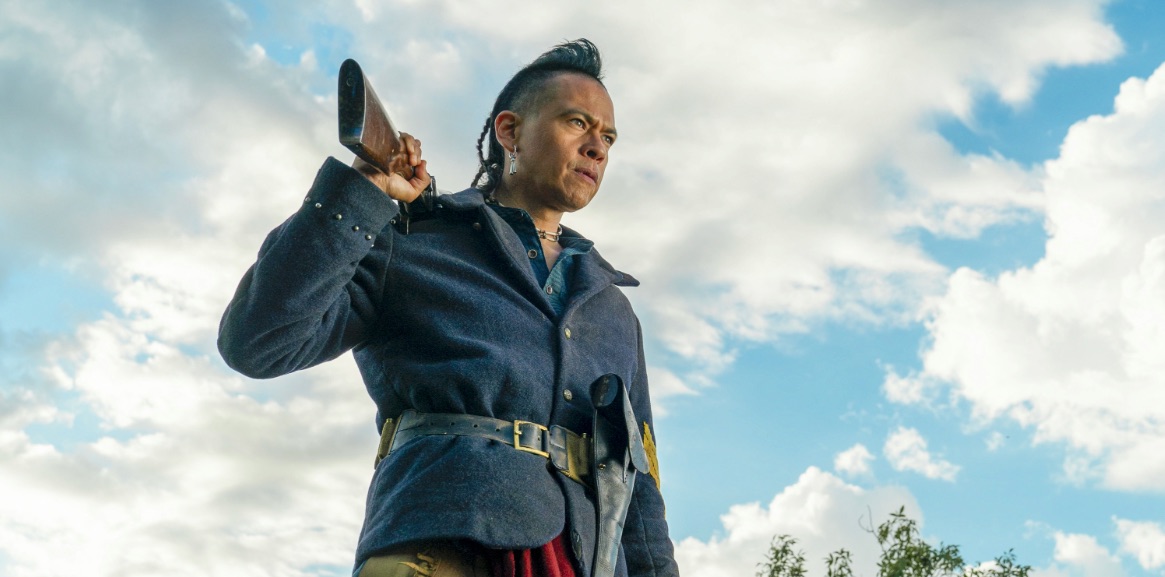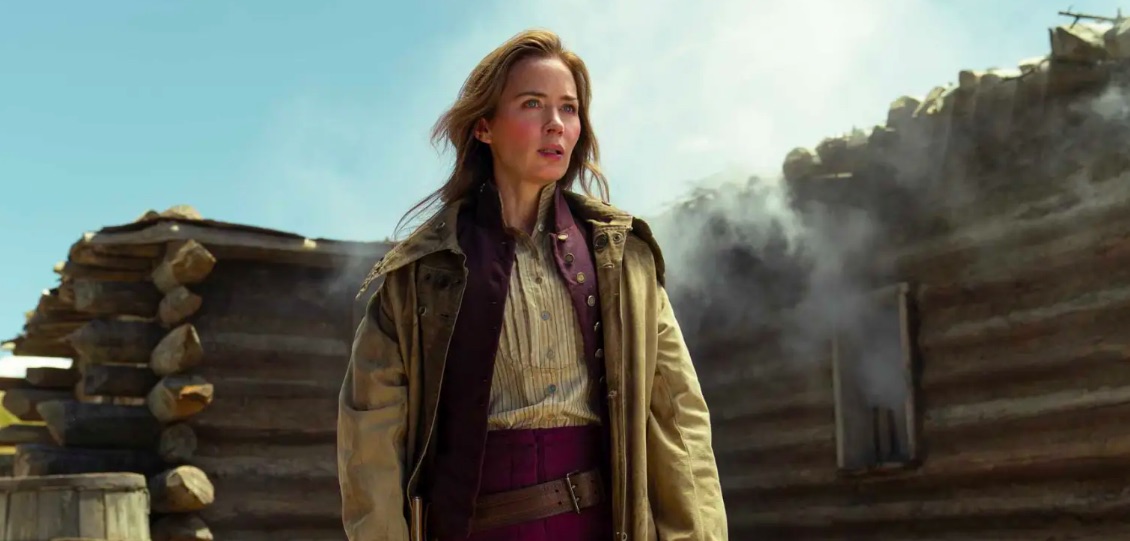Prime Video’s ‘The English’ follows the story of Cornelia and Eli, who come from two very different worlds to traverse a journey that changes their lives. Set in the final decade of the nineteenth century, the story unfolds over six episodes, wherein Cornelia and Eli find many similarities in each other’s lives. As they form a close relationship, they are also forced to confront the darkest parts of themselves. Written and directed by Hugo Blick, the show presents a gritty and realistic portrayal of their journeys, which might make you wonder whether there is some truth to this tale. Is the plot of ‘The English’ inspired by true events? Let’s find out.
The English: Fiction Rooted in Reality
‘The English’ is a fictional tale written by Hugo Blick, known for his work on shows like ‘The Honorable Woman’ and ‘Black Earth Rising.’ Blick had always been in love with the Western genre, which led him to write such a story of his own. He credits the likes of George Stevens, Clint Eastwood, and Anthony Mann as his inspirations. He called Martin Ritt’s ‘Hombre’ the direct inspiration for ‘The English’, while also citing Akira Kurosawa as a major influence.

The idea for the story came to him from a man he used to know in his younger years. When he was eighteen, Blick was sent to Montana where he lived with a family friend, who cut wood commercially, which sometimes put them in contact with Native American communities. “We made a hunting buddy I called Chief. He wasn’t a chief. He called me English. We were easy with this casual racism, but pretty soon I got to see it was a one-way street – with all the heavy traffic heading his way,” Blick said.
The writer-director saw the difficulties in life on the reservation, which “seemed hard and isolated”. One day, Chief suddenly took off. While he left a couple of bags behind for the time when he’d come back, he never actually returned. “Nothing to come back for. I never knew his real name, nor he mine. I regretted that. This was a kernel for The English,” Blick added.
In writing a story that closely presents the Native American experience on the screen, Blick dived deep into research. While the locations and events in the film are rather vague and fictional, they find footing in real-life events. For example, the Chalk Line Massacre in the show is fictional, but most likely reverberates the events such as the Sand Creek Massacre. Through Eli, the show focuses on the experience of Native American soldiers of that time, while the undercurrent tugs at the themes of loss, extending from losing one’s family to getting pushed out of the land that one calls home.

To make sure that the details were captured correctly, Blick got in touch with the Native American communities. “I sent the scripts to Crystal Echo-Hawk, CEO of IllumiNative, the Native-led racial and social justice organization. She then introduced me to representatives of the Pawnee and Cheyenne Nations each of whom is a specialist in the cultural and military history of their respective Nations. The journey taken with IllumiNative and the Pawnee and Cheyenne advisors has been long, detailed, and hugely rewarding,” the director said.
While it was important to get the stuff right, Blick’s main focus was the key relationship of the film, between Cornelia and Eli. Though the show falls under the Western genre, he didn’t want the story to be limited to action and violence. To him “the most interesting Westerns tend to explore the themes of personal loss and consequent restoration of justice”, and that’s what he wanted ‘The English’ to reflect. So, even if the story is entirely fictional, he made sure that the characters were realistic, something that the audience could relate to, rather than see them as made-up people in a made-up world. With the way things turned out, being grounded in reality is one of the biggest strengths of the show and makes it an utterly compelling watch.
Read More: Where is The English Filmed?


You must be logged in to post a comment.